Special Orders for Production of Tanzaku-Gake from a Painter in Spain

Special Orders for Production of Tanzaku-Gake Scrolls (Strips Hangings) from a Painter in Spain
Contents
Tanzaku-Gake
In this post, we’d like to talk about special orders that we received from a customer in Spain to produce tanzaku-gake scrolls.
A “短冊掛 tanzaku-gake” is a hanging scroll to display artistic strips, 短冊 tanzaku. Having one strip hanging, you can always substitute a strip for another and thus enjoy various works.
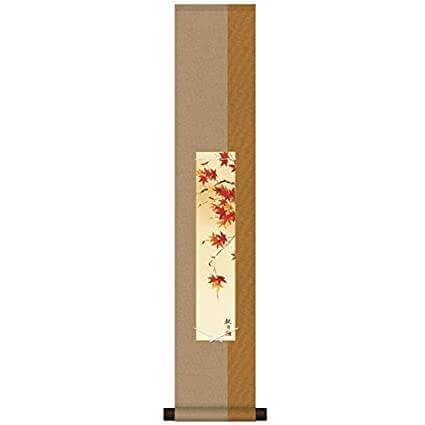
Tanzaku-Gake Scrolls (Strips Hangings)
A “tanzaku-gake” is a hanging scroll with a few threads attached. A strip is to be displayed inserted between the scroll and thread.
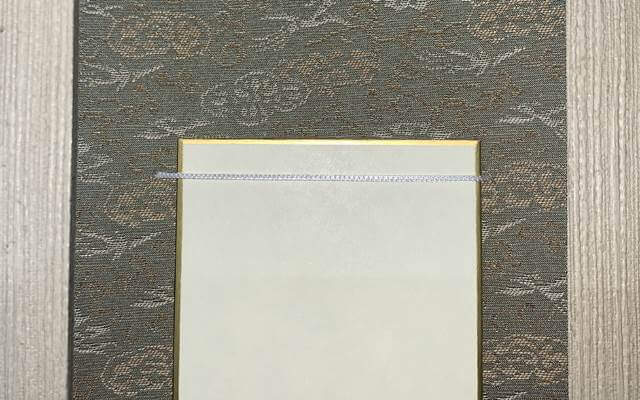
Upper Part of a Tanzaku-gake
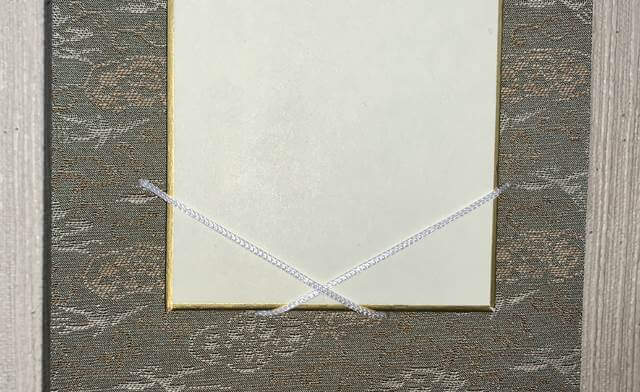
Lower Part of a Tanzaku-gake
There is another hanging scroll intended for the display of Shikishi (a square piece of thick paper with some pictures or poems on it). And it is called “Shikishi Hanging (Shikishi Gake)”.
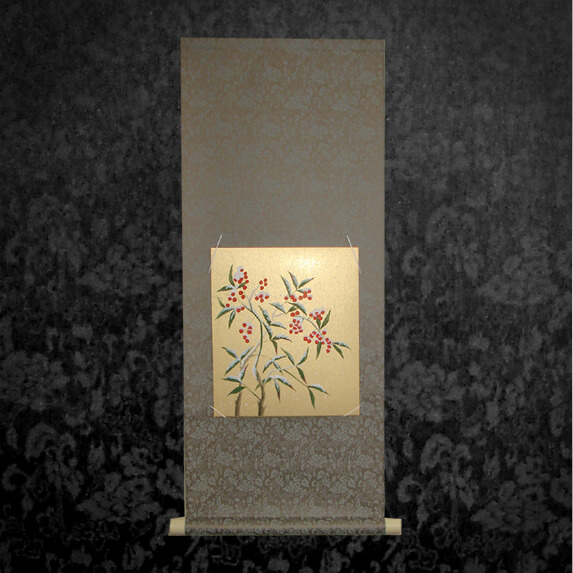
Shikishi-gake Scroll (Shikishi Hanging)
There are also many inquiries and requests for tanzaku-gakes and shikishi-gakes from outside of Japan, and we have received orders from countries such as Canada, Netherlands, Germany, Italy, the U.K., and the U.S. While writing this article, we are in negotiation with a customer in Poland about some orders.
Special Orders for Production of Tanzaku-Gakes from a Painter in Spain
This time, we received requests for production from a painter in Spain.
It seems she draws some Japanese-style paintings and she will sell her own works displaying them on the tanzaku-gakes that she asked us to produce this time.
In Japan, we have two general fixed sizes for strips; 6 x 36cm, 7.5cm x 36cm. The sizes of strips she had ordered, however, were somehow all irregular ones.

Three Different Sizes that Our Customer Requested
Hmm, just to be very sure, we double-checked the order only to find that she meant what she had asked. Therefore, we decided to create custom-sized tanzaku-gakes so that these can accommodate her works.
The largest one was too big to be called a strip. It was almost as large as a shikishi … (omg).
They were completely original orders. To make doubly sure, we started with blueprints.
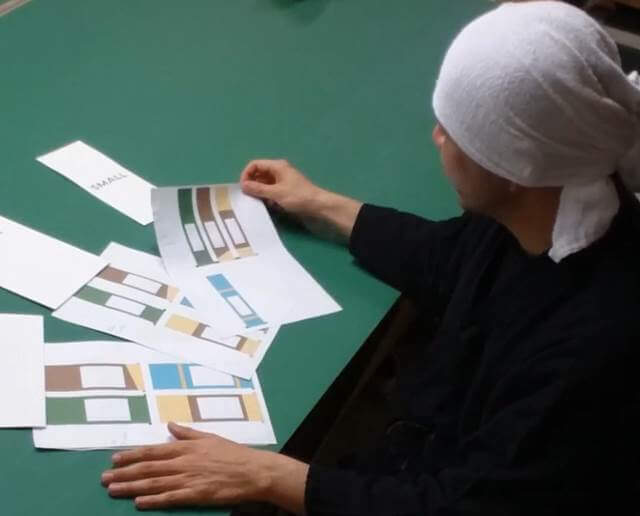
The Production of Special-Order Tanzaku-Gakes Kicked Off
Below are shots of the production of tanzaku-gakes ordered this time.
The Production of Special-Order Tanzaku-Gake Completed
After a long process, the tanzaku-gakes were finally completed.

This time, the sizes of the strips to be displayed were irregular, and we had to recreate the entire design from scratch, which was very difficult.
But once completed, it’s spectacular to see them all lined up like this.

What we always pay attention to when choosing a fabric for a hanging scroll is to combine the color and pattern of the fabric in a way that complements the work, instead of standing out too much.

It is easier said than done: This is a highly challenging job that requires a good sense to select color and pattern of the fabric, a sense of balance, knowledge, and experience.

We hope that the tanzaku-gakes we made this time will complement her work very much.

We immediately sent the products to our customer in Spain. Due to the confusion caused by the novel coronavirus outbreak, the local delivery service was in disorder and our products almost got returned to Japan labeled “Missed Delivery”. But they arrived safely to the destination, which made our customer so pleased.
Below is the comment from our customer.
The kakes are lovely and exactly what I was looking for!
We also attend to special orders for tanzaku-gake and shikishi-gake like ones above.
If you have any requests, please feel free to contact us.

